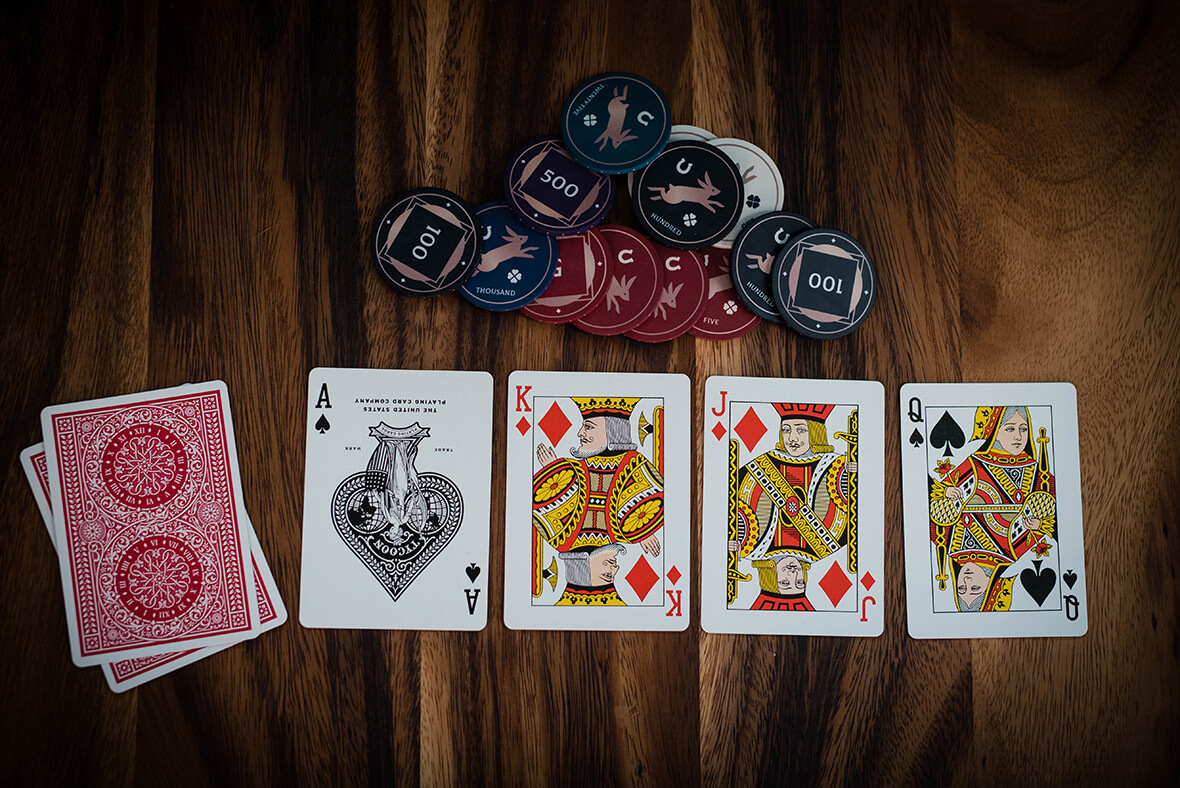How to Play Blackjack: A Basic Strategy Guide

Blackjack is one of the most popular casino games in the world. Millions of players of all skill levels enjoy the game. While relatively simple to understand, mastering it requires a deep understanding of basic strategy. This guide explores the fundamentals of blackjack strategy and provides practical tips for improving your game.
TL;DR: Learn basic blackjack rules, use strategy charts to make optimal decisions, manage your bankroll carefully, and consider advanced techniques like card counting to improve your odds.
Understanding Blackjack Basics
The Objective of Blackjack
The goal is to have a hand value closer to 21 than the dealer’s without going over. You compete against the dealer, not other players.
Basic Rules
- Place a bet before cards are dealt
- Receive two face-up cards; dealer gets one face-up, one face-down
- Choose to hit (take another card) or stand (keep current hand)
- Dealer must hit on 16 or below, stand on 17 or above
- Closest to 21 without going over wins
Card Values
- 2-10: Face value
- Jack, Queen, King: 10 points
- Ace: 1 or 11 points (whichever is more beneficial)
Basic Strategy Fundamentals
Basic strategy is a set of rules for making the best decision in every situation, based on your hand and the dealer’s upcard.
Strategy Charts
Use strategy charts to learn the correct play for every hand. These visual guides show whether to hit, stand, double down, or split based on your cards and the dealer’s upcard.
Hard vs. Soft Hands
A hard hand has no ace or an ace counted as 1. A soft hand contains an ace counted as 11. Strategy often differs for hard and soft hands.
Common Mistakes to Avoid
- Not doubling down when advantageous
- Splitting pairs that should stay together (e.g., 10s)
- Taking insurance bets
- Playing hunches instead of following basic strategy
Advanced Strategies
Card Counting Basics
Card counting involves tracking high and low cards to gauge the deck composition. This can give skilled players an edge, but casinos frown upon it.
Adjusting to Table Rules
Different casinos may have slight rule variations. Adjust your strategy based on:
– Number of decks used
– Whether dealer hits or stands on soft 17
– Doubling down and splitting rules
Bankroll Management
Proper bankroll management is crucial for long-term success:
- Set a budget and stick to it
- Use betting systems cautiously (e.g., Martingale can be risky)
- Consider a flat betting strategy for consistent play
- Never chase losses
Online Blackjack Tips
- Choose reputable, licensed online casinos
- Understand the differences between live dealer and RNG games
- Take advantage of bonuses, but read terms carefully
- Practice basic strategy with free games before playing for real money
FAQ
Can basic strategy guarantee wins?
No, but it minimizes the house edge and improves your odds over time.
Is card counting illegal?
Card counting is not illegal, but casinos may ask counters to leave.
How do I memorize basic strategy?
Practice with strategy charts, use apps or flashcards, and start with simplified rules before adding complexity.
Conclusion
Mastering blackjack takes time and practice. Start with basic strategy, manage your bankroll carefully, and gradually incorporate more advanced techniques as you gain experience. Remember, even perfect play doesn’t guarantee short-term wins, but it significantly improves your odds over time.
Call to Action: Ready to put your skills to the test? Find a reputable online casino, start with low stakes, and practice implementing basic strategy. As you gain confidence, gradually increase your bets and explore more advanced techniques. Good luck at the tables!

